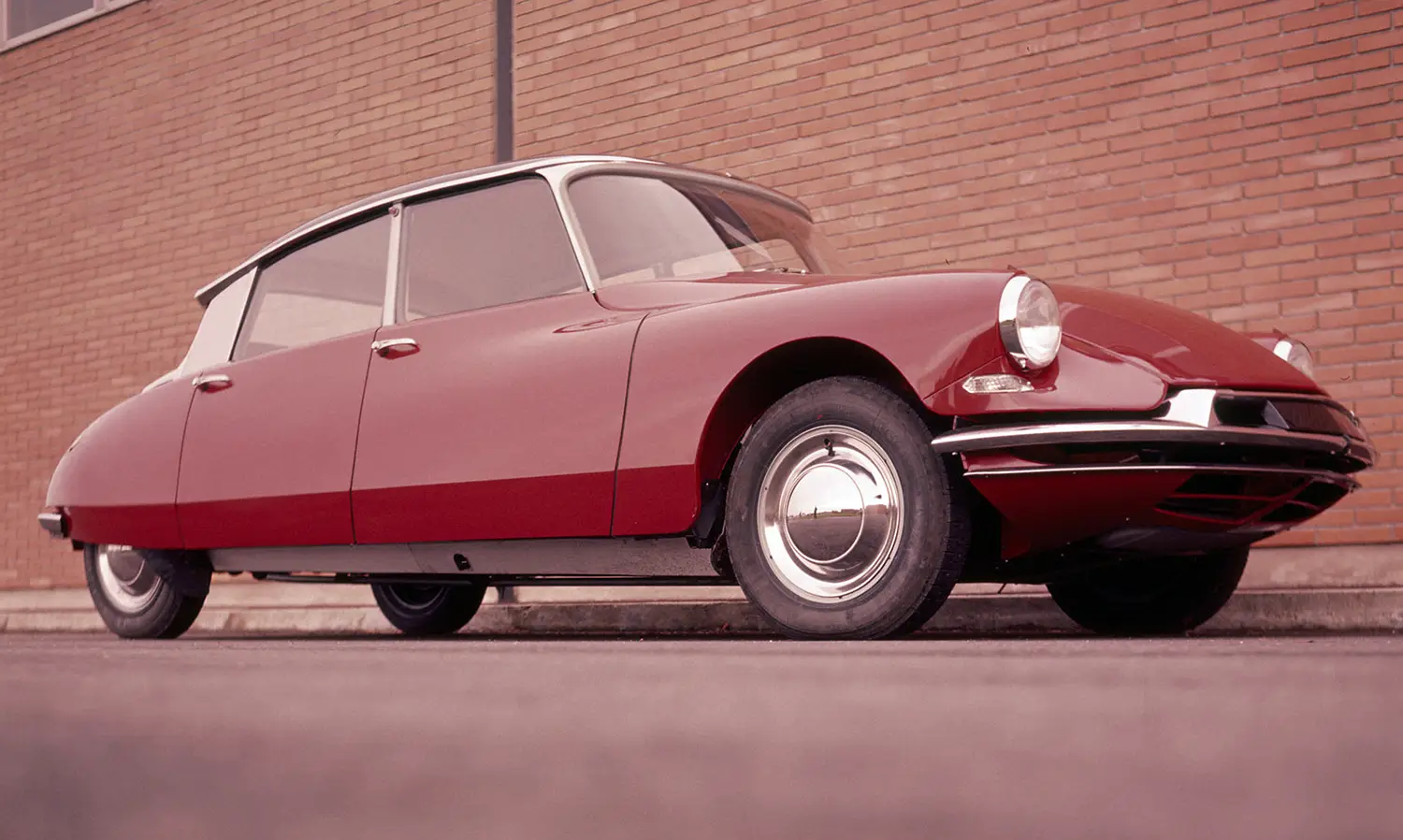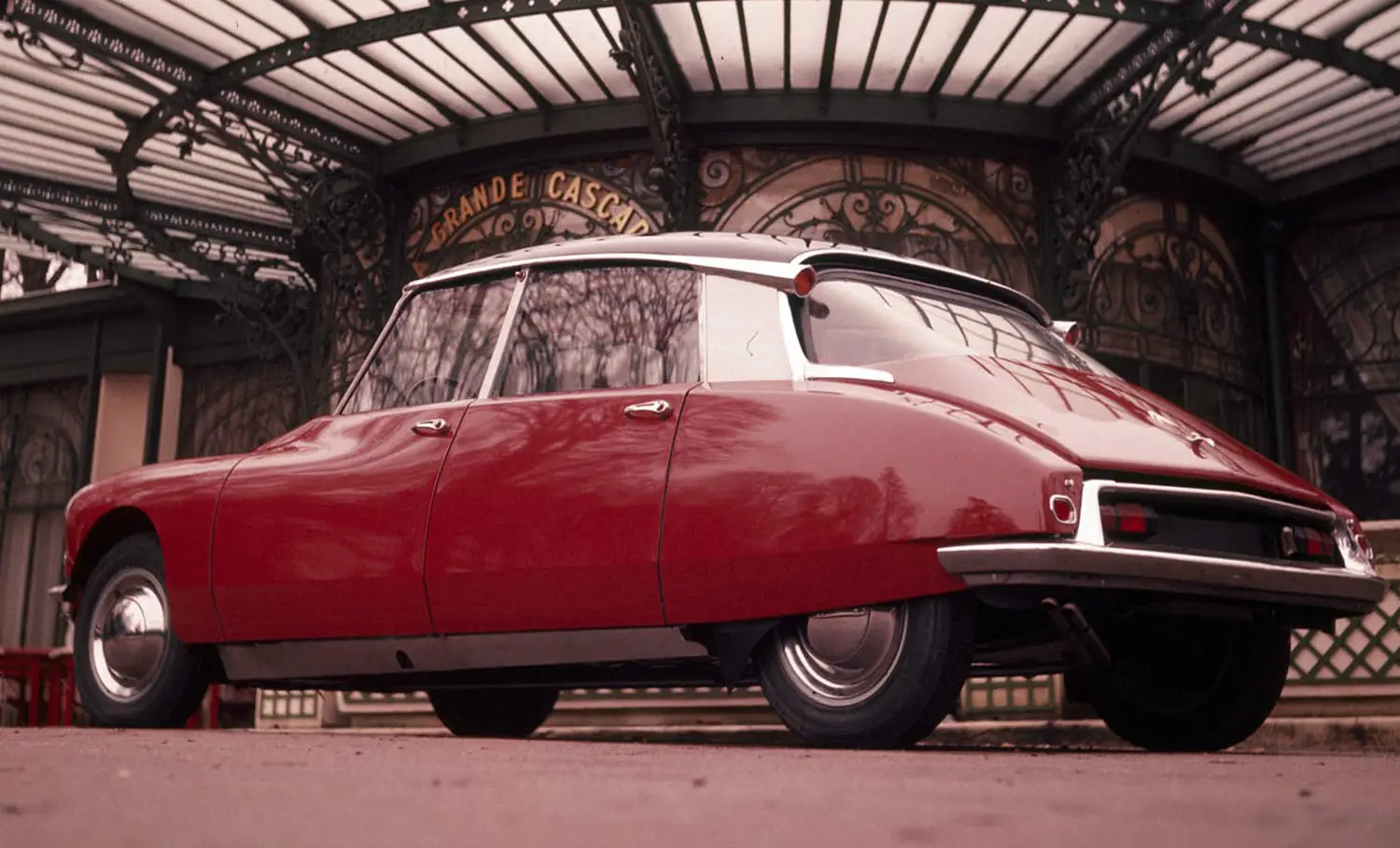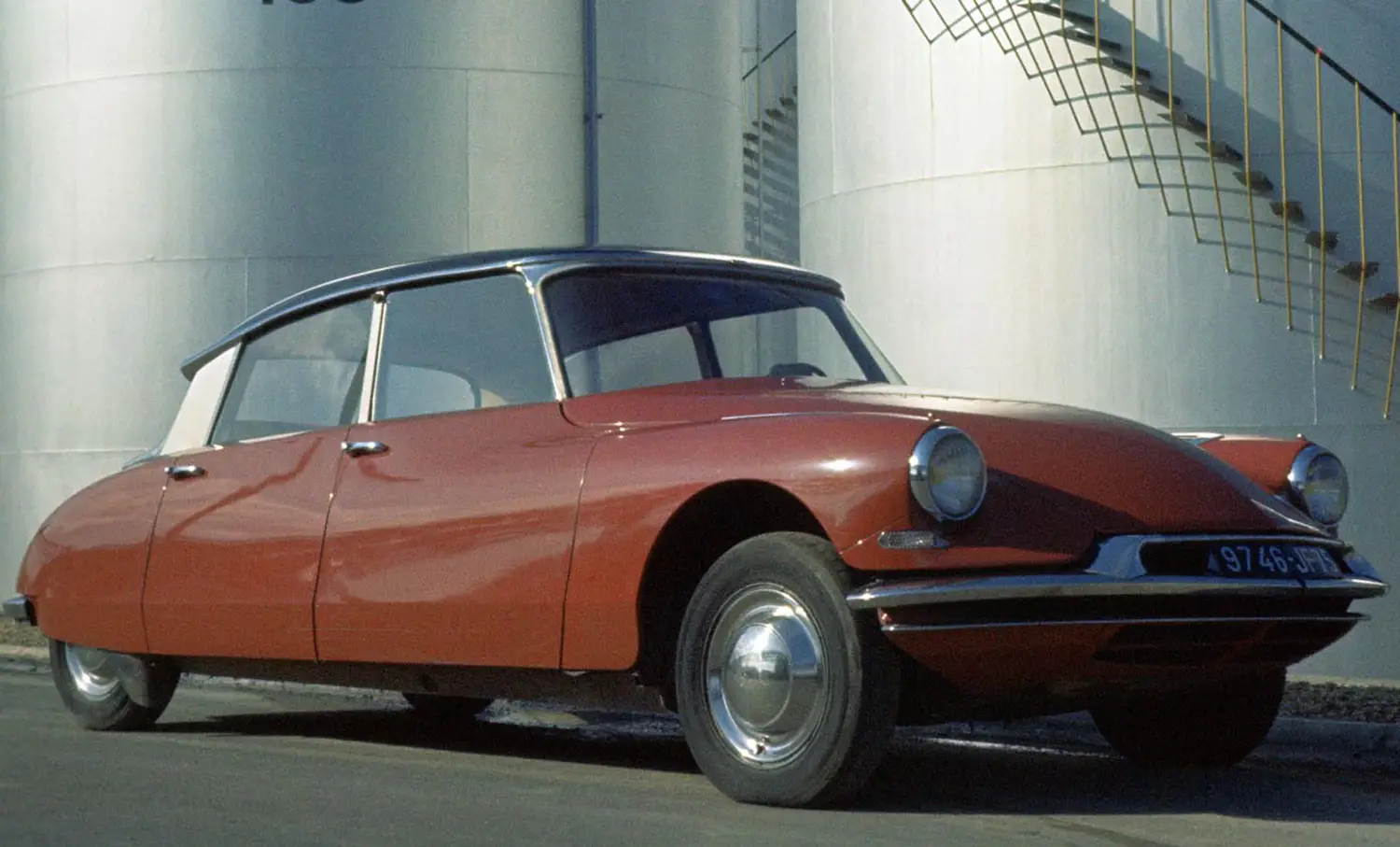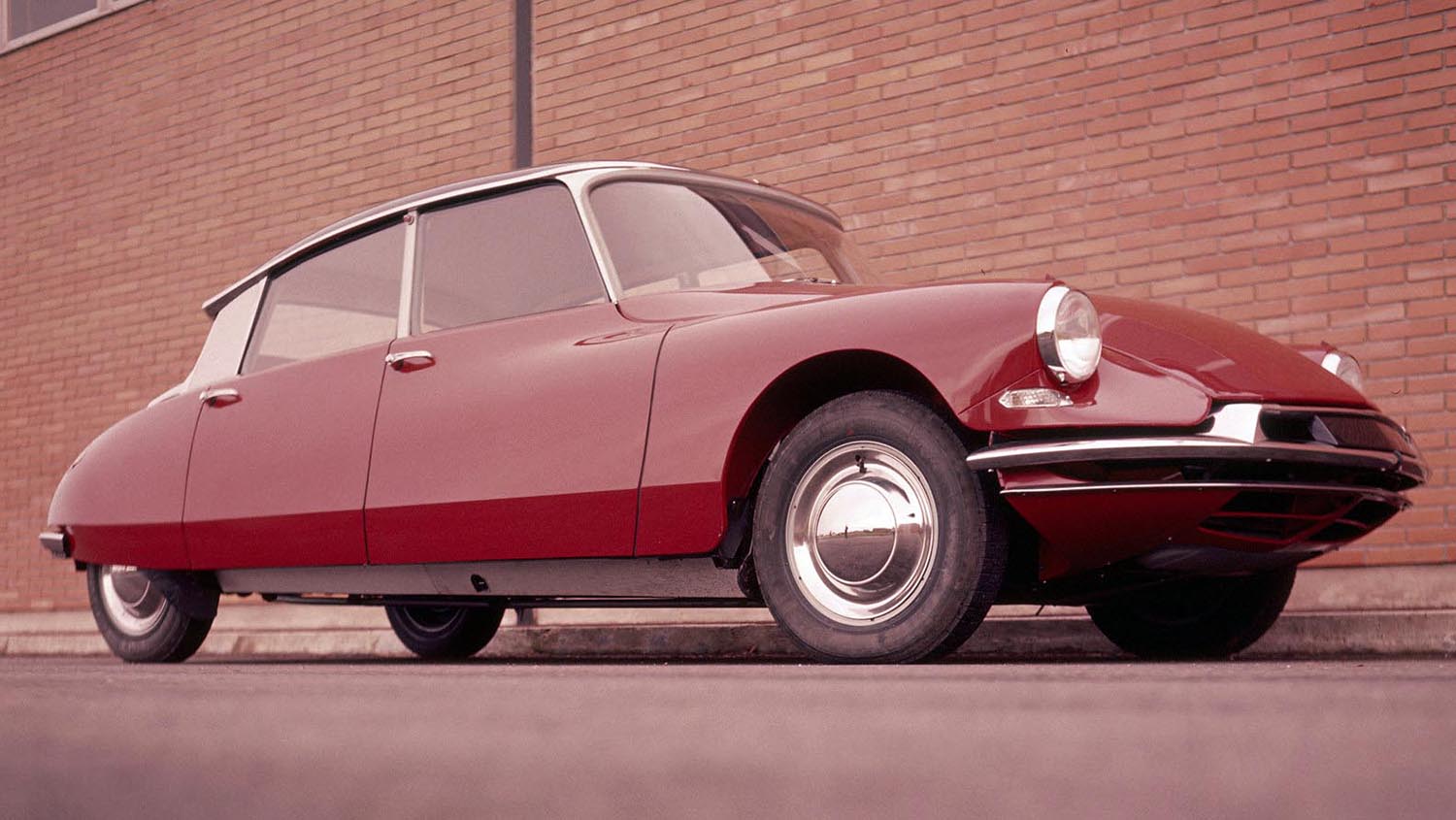
The 1960 Citroën DS 19 stood out immediately for its futuristic styling and engineering. Its aerodynamic body and hydropneumatic suspension challenged conventional automotive design. Citroën pushed both handling and ride quality far beyond contemporary expectations.
Revolutionary Design of the 1960 Citroën DS 19
The DS 19 captured attention with smooth, flowing body lines and innovative styling. Introduced as a successor to the Traction Avant, it combined elegance with engineering that enhanced comfort. Public and press reactions were immediate, with thousands of orders flooding in within the first day at the Paris Motor Show.
Hydropneumatic Suspension and Hydraulic Systems
The hydropneumatic suspension allowed self-leveling and adjustable ride height, controlled by a driver-operated selector. Each wheel used a hydraulic sphere with pressurized nitrogen and oil, eliminating traditional springs and dampers. This system maintained constant ground clearance and allowed effortless wheel changes without a jack.
The DS 19 also featured a central hydraulic pressure reservoir powering brakes, suspension, clutch, and gearbox. Failure in one component did not immediately compromise the others, demonstrating remarkable engineering reliability.
Engine and Performance
The 1960 DS 19 used a 1911 cc four-cylinder engine with an aluminum cross-flow head and hemispherical combustion chambers, generating 75 horsepower at 4500 rpm. While acceleration was moderate, the engine paired effectively with the semi-automatic hydraulic gearbox. Later DS models evolved to engines exceeding 140 horsepower, incorporating electronic fuel injection for improved performance.

Braking and Handling Innovations
Front disc brakes, inboard front brakes, and independent suspension contributed to exceptional roadholding. Different front and rear track widths reduced understeer, while power steering improved maneuverability. Steering-linked headlamps and later four-headlight arrangements enhanced visibility during cornering at night.
Variants and Special Editions
Citroën offered a station wagon known as the DS Break and a rare convertible built by Henri Chapron. The DS Pallas provided luxury upgrades including leather interiors and better noise insulation. Over time, DS variants evolved with updated engines, transmissions, and hydraulic systems, maintaining the model’s advanced character.
Influence on Citroën and the Auto Industry
The DS 19 cemented Citroën’s reputation for innovation, inspiring future designs and engineering approaches. While underpowered in the US market, the car’s advanced suspension, brakes, and semi-automatic gearbox set standards competitors would adopt only decades later.
Summary
The 1960 Citroën DS 19 combined aerodynamic styling, hydropneumatic suspension, and advanced brakes in a unique package. Its innovative engineering and timeless design continue to influence automotive engineering today.
Disclaimer: Content on this site is for informational purposes only. Vehicle specs, pricing, and availability may change. Always verify details with official sources before making decisions. Opinions are those of the authors.

